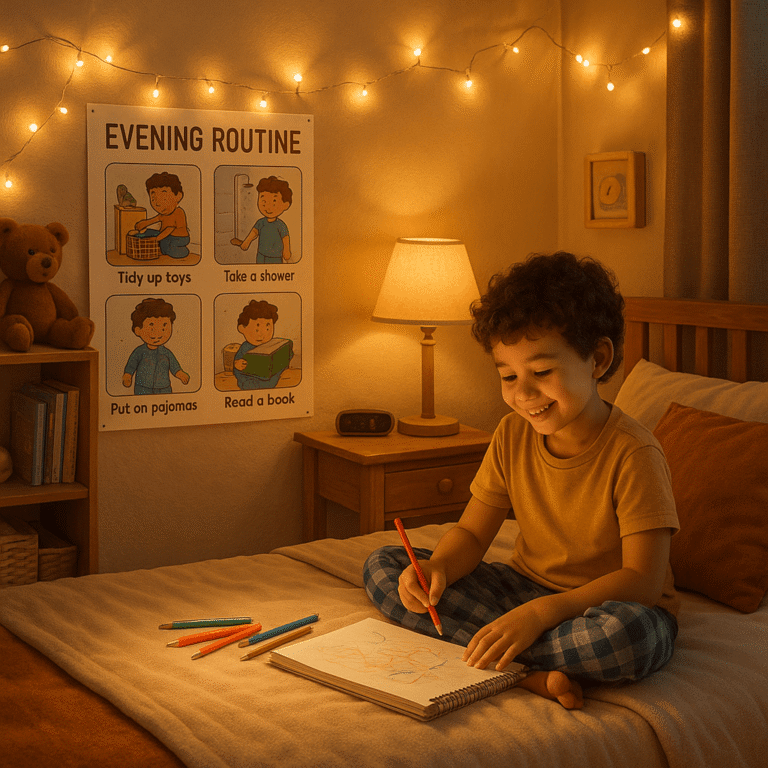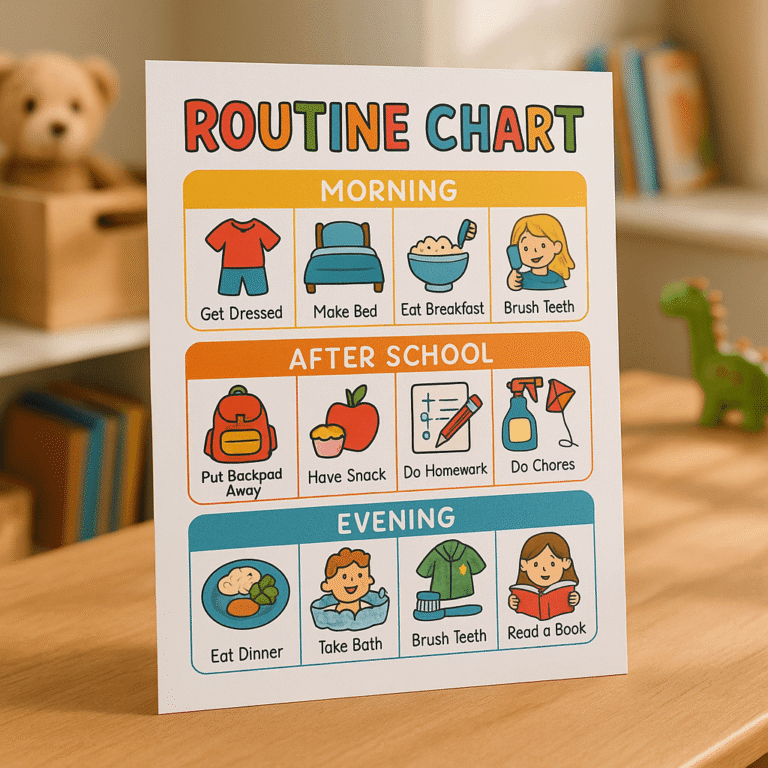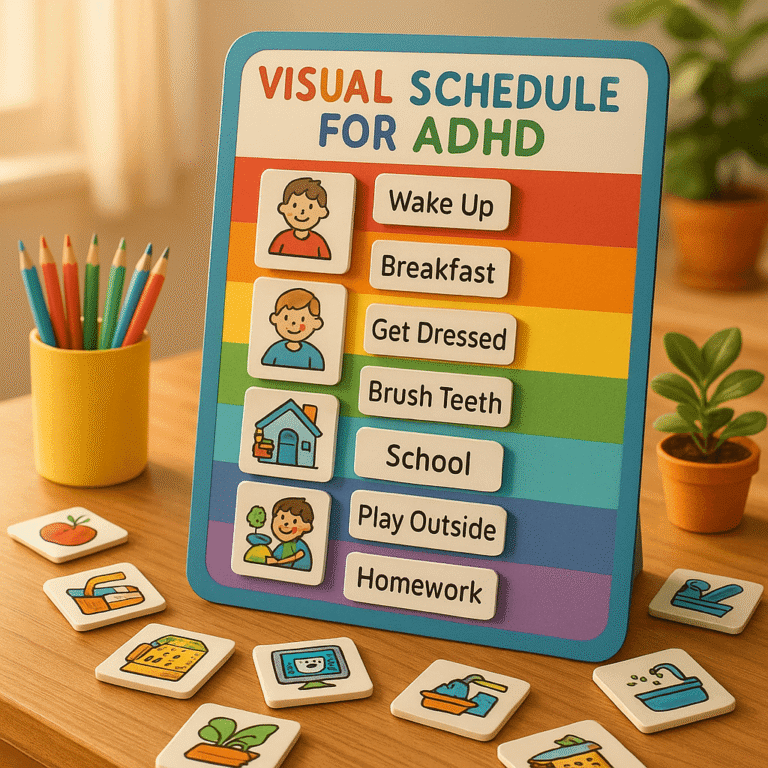Creating a weekly routine for families can feel like an impossible task, especially when you’re juggling work, school, household responsibilities, and family time. But the truth is, a well-designed weekly routine can transform daily chaos into a more balanced and predictable flow. In this post, we?ll show you exactly how to build a weekly routine that works ? not just on paper, but in real life.
Whether you’re dealing with unpredictable school events, toddler tantrums, or conflicting schedules, we?ve got practical strategies and printable routine templates to help. Let’s get started.
? Why Your Family Needs a Weekly Routine
If your mornings are hectic, your evenings are rushed, and you’re constantly asking, ?What?s next?? ? it?s time for a weekly structure. Routines provide:
- Predictability: Kids thrive on knowing what to expect.
- Reduced Stress: No more last-minute decisions.
- Shared Responsibility: Everyone knows their role.
- More Free Time: Planning ahead creates time pockets for rest and fun.
?? Step 1: Map Out Your Week as It Is
Before you change anything, observe how your family currently functions. Track:
- Wake-up and bedtimes
- School and work hours
- Meal times
- Homework or chore time
- Extracurriculars
- Screen time and downtime
Write this out using a printable weekly planner or editable calendar so you can visualize patterns and gaps.
? Step 2: Set Weekly Priorities
Ask yourself and your family:
- What are our must-dos (non-negotiable tasks)?
- What can we remove or reduce?
- Where do we need more structure?
Typical weekly priorities include meal planning, grocery shopping, family activities, homework help, and quiet time.
? Step 3: Create Your Ideal Weekly Flow
Use blocks of time instead of rigid hourly schedules. For example:
| Time Block | Activity |
|---|---|
| 7:00?8:00 AM | Morning routine & breakfast |
| 8:00?3:00 PM | Work/School |
| 3:00?4:00 PM | Homework or play |
| 5:30?6:30 PM | Dinner & cleanup |
| 7:00?8:00 PM | Family time |
| 8:00?8:30 PM | Bedtime routine |
Printable routine charts can help younger children visually understand their day with icons or color blocks.
?? Step 4: Involve the Kids
Routines work best when everyone participates. Let your children:
- Pick chores or tasks they?ll do on specific days
- Choose bedtime story nights
- Help decorate the printed schedule
Giving them ownership increases cooperation and consistency.
? Step 5: Be Flexible and Adjust Weekly
Life happens. Your child might get sick, work hours may shift, or school might assign a surprise project. Make adjustments weekly. You can:
- Use erasable pens on your printed calendar
- Reprint updated templates
- Use digital versions if needed
Consistency matters, but perfection is not the goal.
? Printable Tools That Help
To make this process easier, check out our Printable Weekly Routine Bundle that includes:
- Editable weekly calendars
- Visual routine cards for kids
- Meal planning pages
- Chore checklists
- Digital versions compatible with tablets
? Expert Tip: Start With One or Two Anchors
Don?t try to change everything at once. Choose one or two ?anchor? routines to build around, like bedtime and morning. Once those become habits, add more.
? Real Life Example
Sara, a mom of three, used our routine template to create a structure that fit each child?s needs. One child had after-school tutoring, another had soccer, and the youngest needed downtime. She says:
?I never realized how much tension was coming from not knowing what came next. Now my kids check the chart themselves!?
? Final Thoughts
Designing a weekly routine for families is not about creating a rigid military schedule ? it?s about bringing peace and predictability into your home. Use visual tools, involve your kids, and give yourself grace as you adjust each week. Your future self will thank you.
? External Resource
? Recommended Reading:
The Importance of Family Routines ? American Academy of Pediatrics







